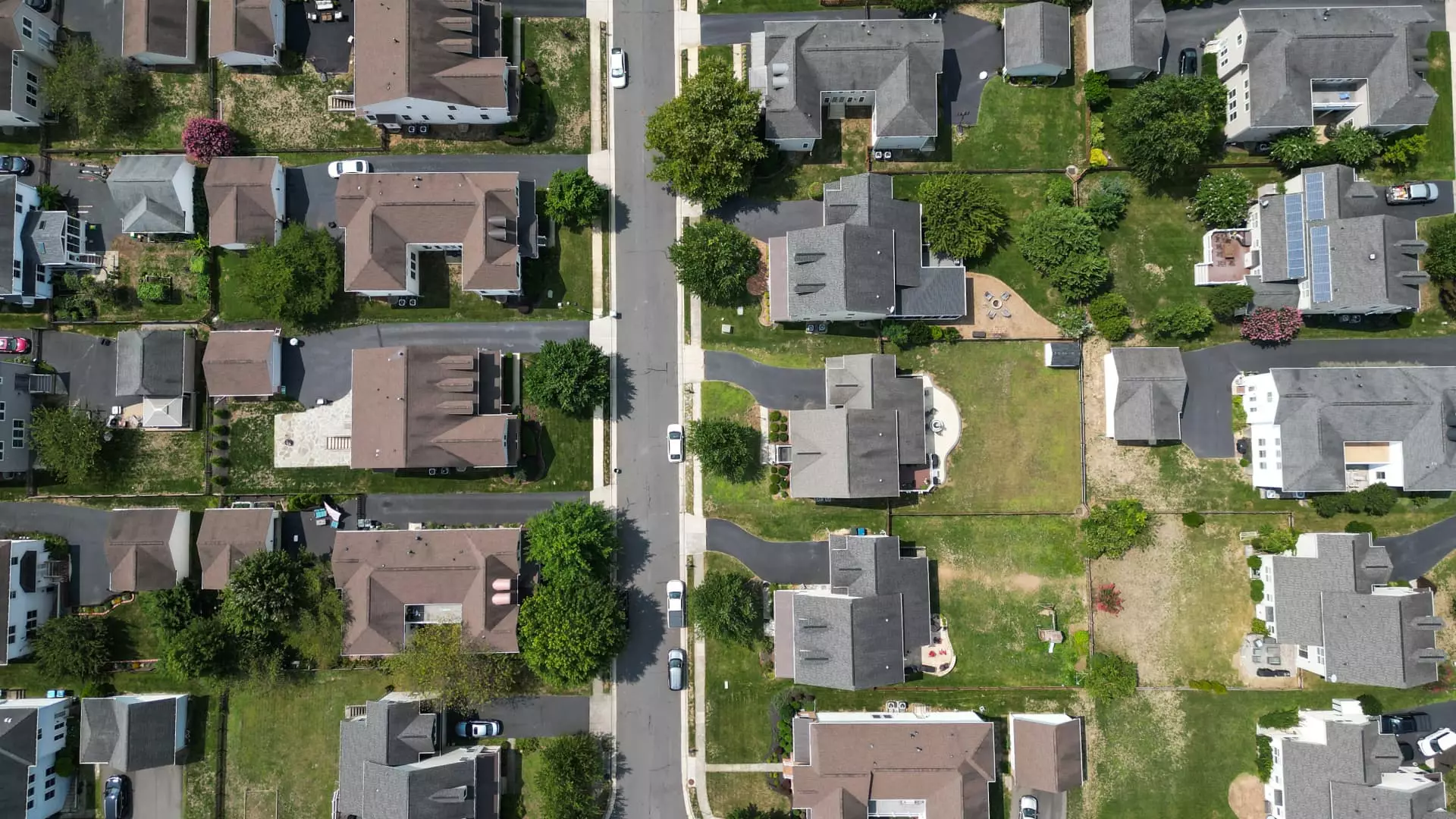Despite recent headlines suggesting that mortgage demand holds steady, a deeper analysis reveals a fragile and potentially misleading picture. The reported increase of 0.8% in total mortgage application volume seems reassuring at first glance, but the reality is far more complex. Amidst rising interest rates, one would expect demand to sharply decline; instead, the numbers tell a story of cautious resilience that borders on superficial. This subtlety underscores an essential truth: the mortgage market’s current state is less a sign of strength and more an indicator of inertia—a perilous complacency that masks underlying vulnerabilities.
The Hidden Toll of Rising Rates
The slight uptick in average mortgage rates—up to 6.84% from 6.82%—may seem insignificant, but it signifies a profound shift in the borrowing landscape. For many prospective homeowners, these rates act as a formidable barrier, rendering homeownership less attainable. The reported increase in purchase mortgage applications, which rose only 3%, pales in comparison to the broader implications of higher borrowing costs. The stagnant demand reflects the collective hesitation of buyers who are increasingly priced out of the market, yet those numbers are spun as a sign of stability. In reality, they mask a quiet erosion of affordability that could threaten long-term housing market health.
Refinancing: An Outdated Symptom of a Shifting Market
Refinance applications, despite their sensitivity to rate fluctuations, declined by nearly 3%. This contraction signals not just a seasonal lull but a fundamental shift: homeowners are less inclined—and less able—to refinance, especially as rates remain elevated. While the year-over-year comparison shows a 22% increase, this is a misleading figure rooted in the low-demand environment of a year prior. It reveals more about the previous lull than current strength, suggesting that the so-called “growth” in refinancing activity is a hollow recovery driven by exceptional circumstances, not sustainable demand. The notion of a robust housing market is increasingly hard to uphold when refinancing—a critical economic indicator—is faltering.
Market Sentiment and Political Underpinning
The recent market reaction to political rhetoric and treasury policies underscores a fragile confidence that can be easily destabilized. Statements from economic policymakers and bond yield fluctuations hint at an underlying unease. If Treasury Secretary Scott Bessent’s comments on potential leadership shifts for Federal Reserve Chairman Jerome Powell can sway bond yields, it demonstrates how precariously markets hang on political narratives. This vulnerability underscores a central liberal critique: the assumption of steady economic resilience often rests on fragile political and monetary foundations. When sentiment shifts—either due to rising rates or political uncertainty—the supposed stability unravels, revealing systemic fragility.
A Wake-Up Call for the Housing Market
The current data invites a sobering reflection: a market appearing steady on the surface may be teetering beneath the veneer of resilience. Rising mortgage rates, stagnant demand, and cautious refinancing illustrate a housing industry increasingly restrained by affordability issues, not by economic strength. Instead of naively celebrating modest gains, stakeholders—be they policymakers, lenders, or homeowners—must recognize the silent strain building within the housing sector. The stability is superficial, and unless decisive measures are taken to address affordability and financial stability, the market risks a more profound correction that could ripple across the economy.

